High Calorie Low Carb Foods
Most people don’t know that the regulation of your carb intake and the way your body gets the correct diet to get you through the day will be of benefit to all concerns about weight loss. A low-carb diet was actually shown to help people lose weight rather than a low-fat diet. They’re feeding your body and making sure you heal. If you are trying to maintain low intakes of your carbohydrates but increase your calories, your best way to do so is to add healthy fats to your meal.
You should also eat more healthy, caloric, and starch proteins. Protein is a vital nutrient pillar. The body builds and replaces tissues, produces enzymes, and strengthens the bones, muscles, and cartilage with this macronutrient. Nutritionists believe that consuming foods with high proteins will improve satiety and lead to fat burning.

BENEFITS OF FOODS WITH HIGH CALORIE AND LOW CARB
Some people claim that cholesterol rises in these diets and their high-fat content contributes to heart diseases. However, low-carb diets are useful and productive in most scientific studies.
Here are some of the advantages of high-calorie low carb meals:
ADVANTAGE OF HIGH-CALORIE LOW CARB FOOD ON HUNGER
The worst side effect of dietary training is appetite. This is one of the key reasons why many people feel helpless and ultimately abandon themselves. Low-carb diets aim to maximize satiety and satiation stimuli. Studies suggest that you can reduce your appetite and calories immediately by reducing carbohydrates.
ADVANTAGE OF HIGH-CALORIE LOW CARB FOOD ON WEIGHT LOSS
Given the constant piling of individual anecdotes and new research, it is clear that the benefits of a low-carb diet are valuable. In addition to consuming extremely-fresh, healthy foods each day, you also increase your health dramatically and decrease your chance of being sick in the future. I bet you would not even want to go back to your previous way of eating if you get a low-carb diet.
Studies show people on low-carb diets lose weight more rapidly than in diets with low fat – even though these diets deliberately reduce calories.
This is because low-carb diets minimize the body’s excess water, lower insulin, and prompt weight loss within the first or second week.
ADVANTAGES OF HIGH-CALORIE LOW CARB FOOD ON TRIGLYCERIDES
Low-carb diets have an advantageous effect on a number of risk factors for heart disease. In particular, they minimize triglycerides (a significant cardiovascular risk factor). High fasting triglycerides — after a fasting night, blood levels are known to be a risk factor for heart disease. Carb intake, in particular simple sugar fructose, is one of the key drivers of high triglycerides among physically active persons. If people are cutting carbohydrates, blood triglycerides tend to be dramatically reduced. Low-fat diets, on the other hand, often lead to increased triglycerides.
ADVANTAGES OF HIGH-CALORIE LOW CARB FOOD ON HDL (GOOD CHOLESTEROL)
Low-carb diets are high in fat, leading to a dramatic increase of “good” HDL cholesterol levels in your blood. Quite often, the word “good cholesterol” is high-density lipoprotein (HDL). If the HDL levels rise in relation to “bad” LDL, the less risk of cardiovascular diseases you are. Fat eating is one of the easiest ways to improve “good” HDL and, low-carb diets contain most of the fat. Therefore, it is not surprising that HDL levels are significantly increasing in balanced, low-carb diets, while low-fat diets appear only to elevate moderately or even decrease.
ADVANTAGES OF HIGH-CALORIE LOW CARB FOOD IN BLOOD LEVELS AND INSULIN LEVELS
The easiest way to decrease blood level and the amount of insulin are to minimize the intake of carb, which can also cure diabetes of type 2. Low-carbon and ketogenic diets can also be of great benefit to diabetes and to insulin-resistant communities worldwide.
Studies have shown that the cutting of carbohydrates significantly decreases blood sugar and insulin. Any individuals with diabetes who start a low-carb diet will almost instantly have to reduce their insulin dosage by 50%. In the same report, 95 percent had their glucose-reduction treatment decreased within six months in patients with type 2 diabetes.
Talk to your doctor before modifying your carbohydrate intake while considering your blood sugar medication, so it might be necessary to modify your medication in order to prevent hypoglycemia (the Blood sugars (glucose) rates in hypoglycemia are lower than expected).
ADVANTAGES OF HIGH-CALORIE LOW CARB DIET ON BLOOD PRESSURE
Cutting carbs can reduce blood pressure dramatically, which could reduce the risk of multiple chronic diseases. Low-carb diets are an effective means of lowering your blood pressure, reducing your risk of various diseases, and helping you live much longer.
ADVANTAGES OF HIGH-CALORIE LOW CARB FOOD ON METABOLIC SYNDROME
All five main symptoms of metabolic syndrome, a severe illness that raises the risk of heart disease and type-2 diabetes, are reversed effectively in balanced low-carb diets. Metabolism is a condition that is strongly linked to your heart and diabetes risk. Metabolism is essentially a symptoms series that includes:
- Obesity of the abdomen
- Blood pressure rose
- higher blood sugar when fasting
- Triglycerides of higher quantity
- Low cholesterol levels of “good” HDL
However, a low-carb diet manages all 5 of these symptoms incredibly effectively. These disorders are almost removed under this diet.
ADVANTAGES OF HIGH-CALORIE LOW CARB FOOD ON LDL LEVEL
The size of your “bad” LDL molecules increases when you consume a low-carb diet, which decreases their adverse effects. Reducing carbs could also minimize your blood stream’s amount of LDL particles. People with high “bad” LDL appear to have a heart attack much more often. The size of the particles is, however, significant.
A higher risk of heart attack is associated with smaller particles, whereas larger particles are associated with a lower risk. Low-carb diets increase the size of “bad” LDL particles while cutting the level of total LDL particles in your bloodstream. Simply put, lowering your carb intake will enhance the health of your heart.
ADVANTAGES OF HIGH-CALORIE LOW CARB FOOD ON BRAIN DISORDERS
Low-carb and keto diets have shown themselves to be helpful for epilepsy in children and, their impact on other brain disorders is being examined. Your brain needs glucose because some of it will burn just glucose of this nature. However, a significant part of your brain will also burn ketones, which occur while starvation or when consumption of carbs is extremely low.
This is the process of the ketogenic procedure that is used in kids who may not adapt to seizure medication. In certain cases, epilepsy can be treated by this diet. In one study, more than half of ketogenic children have experienced a drop in their seizures of more than 50 percent, while 16 percent have been seizure-free. Very low carb and ketogenic diets are under review for other brain disorders.
25 HIGH-CALORIE LOW CARB FOOD
-
EGGS
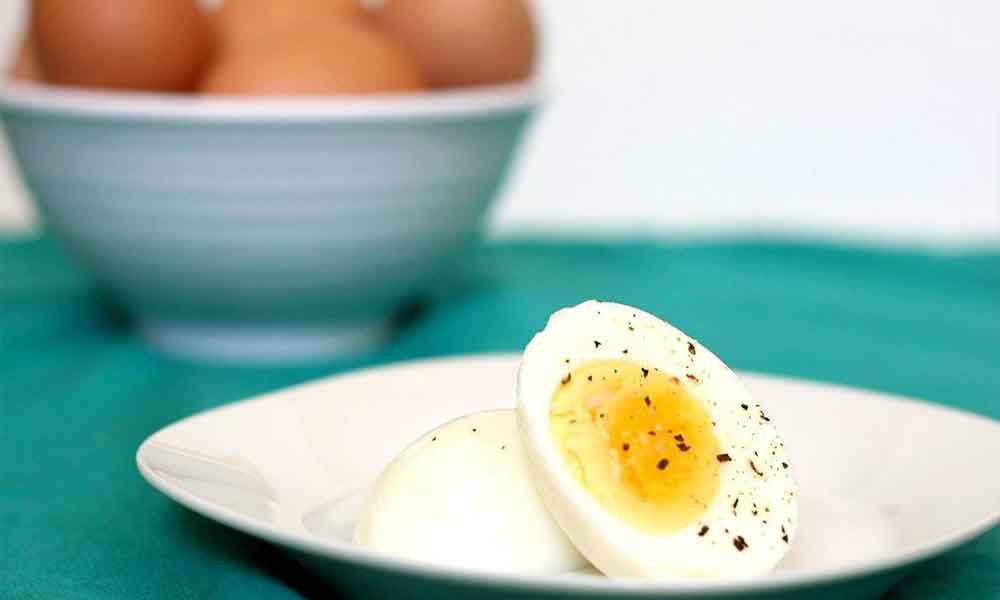
The yolk is home to all the fat and the most essential nutrients – even choline. The whites are small in fat but have plenty of protein. Choline is one of the preferred nutrients as it promotes brain health and strength. Choline is a significant component of the main acetylcholine neurotransmitter (ACH). More choline means approximately optimum ACH levels and stronger nerves. These are important for all people’s health and wellness goals – improved mental performance and athletics are good reasons to eat your eggs.
-
SALMON AND OTHER FATTY FISHES
Salmon and other fatty fish types are fully carb-free, with some of the highest nutritional qualities for animal food. Fish products are rich in three essential nutrients of which we must be careful:
- Vitamin A
- Vitamin D
- Omega 3 Fats
-
AVOCADOS
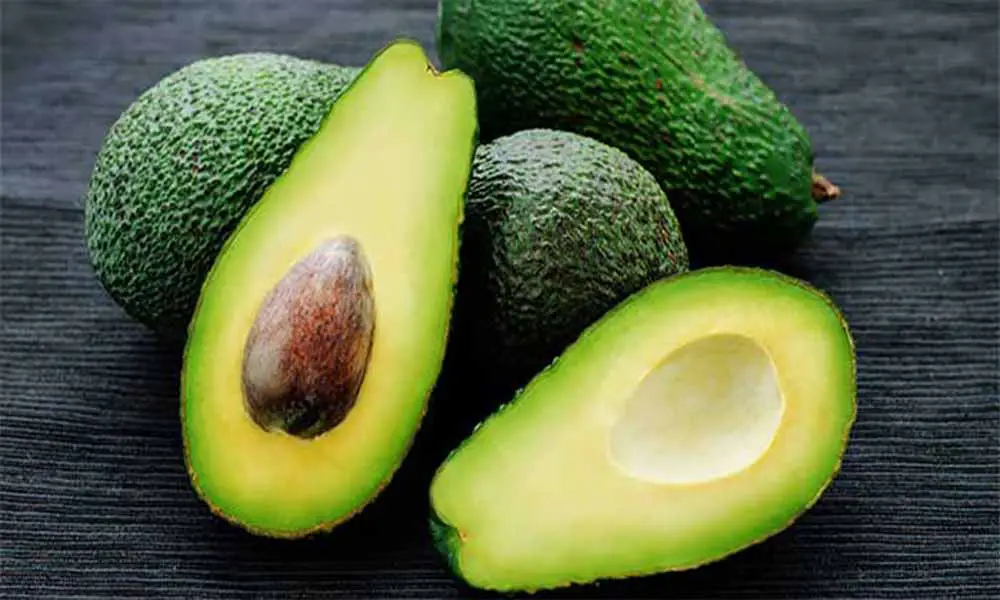
Who doesn’t love them? The most famous low-carb, high-fat vegetable right now is avocado. Over the past ten years, it has become famous- for its buttery consistency and fresh taste, as well as the fact that it is a vegetable. Avocados are almost entirely fat, but they also provide essential fiber to ensure stable and normal digestion and metabolism. This makes them different from the rest. One of the crucial things about avocado is that it offers a significant amount of unsaturated fats, the kind that has great advantages for heart health.
-
OLIVE OIL
We all adore olive oils. It always adds a richer taste. Olive oils are one of the best products that we can buy from the market, which is why we love them. It supplies an immense amount of the healthiest kind of fats, polyunsaturated acids. It boosts everything from heart health to the brain and far beyond. They contain the same 9 calories per gram as other fats, but they do contain some crucial health benefits as well.
-
COCONUT OIL
Coconut oil contains several unsaturated fats. It may sound poor, but trust is it is essential for a healthy body. You should resist your total fat intake by choosing the best sources. It has a wealth of MCTs and a range of basic vitamins. MCTs are saturated fats that can enhance rapid weight loss and promote health compared to several other saturated forms.
-
SUNFLOWER SEEDS
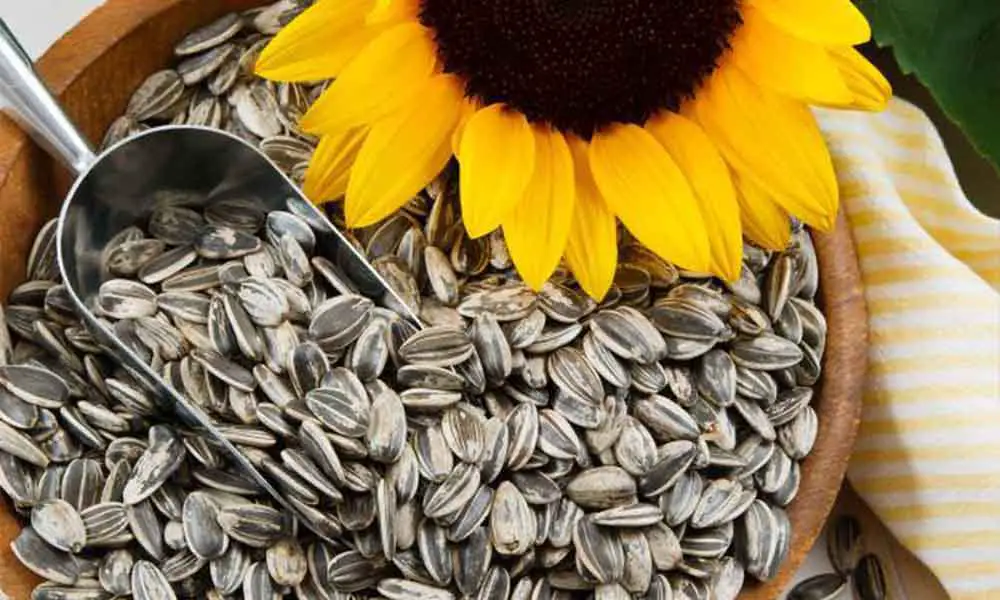
The high fat and low carb ratio allow sunflower seeds and keto diet to be one of the breathtaking teams. The fats are a combination of monosaturated and polyunsaturated fats. It will help tackle potential causes for heart-related diseases. Protein and fiber help you relax ad avoid unnecessary binge foods. Trace minerals, vitamin E and B6, folate, phosphorous, selenium, manganese, copper, and zink are also abundant in these seeds. You can always boost your health by eating a handful of sunflower seeds daily.
-
ALMOND MILK
Although the macronutrients will vary according to how much almond milk you have, unsweetened almond milk in the net carb is low enough to have one or two cups without a great deal of concern. Almond milk is among the most common plant-based dairy products in the western world owing to its poor-calorie content and nutty texture.
This is developed by crushing almonds and then refining the solids into water. A milky white dring that is naturally rich in many essential nutrients, including Vitamin E and magnesium, is what we get out of this.
-
FLAX SEEDS
Flax seeds are an astonishing, healthy addition – to practically every diet and are a nutritional companion that is strongly advisable. For sustaining a state of ketosis, their high fat-to-net carb ratio and high soluble fiber composition are ideal.
They also have a myriad of healthy foods. What makes them a clear favorite is the flexibility of flaxseeds; the days of scanning the internet for relevant recipes are passed. As long as you don’t go crazy with the seeds, it couldn’t be simpler to make flaxseeds a part of your meal. Remember to ground them up by little to make better use of their fantastic assets.
-
SHRIMP
Shrimps are keto-friendly as well. They are low in carb and net carb, all on their own. Like, all seafood including, fish such as halibut, as well as crab and lobster. To turn it into a meal, combine it with keto veggies. You’ll find just 0.2 grams of total carbs and net carbs in a 3-unce series of plain cooked shrimp. Naturally, different preparation methods can increase the number of carbs.
-
PUMPKIN SEEDS
Since grains (just like small plant embryos) are called embryonic, they naturally provide all the nutrients required by the plant to flourish. This makes them little nutrient powerhouses. Pumpkin seeds or pepitas are packaged with amino acids, healthy fats, and primary nutrients as they are known otherwise.
Pumpkin seeds are round, flat, and green when purchased as a kit, without white shells. Pumpkin seeds, because they are gluten-free, are considered vegan. The citizens who adopt the ketogenic diet have outstanding snacks. The pumpkin seeds have well-built antioxidants and are rich in vitamins A, B2, E, K, folate, calcium, iron, potassium, zinc, copper, manganese, and magnesium.
-
CHIA SEEDS
The seeds of Chia on Keto are fantastic. The carbohydrates in Chia seeds are all fibers that are not absorbed into the intestine so that their net carb count is nil. When people with a slower metabolism potentially get some carbohydrates from fiber, this is very limited because of fermentation in the lower intestine.
As a digestive aid, fibers are a big deal in the keto diet. Chia seeds are a decent source of omega-three fats, which is the best thing. A lot of cooking functions can also be served by serving as a thickening agent to help shape keto bread.
-
TOFU
Tofu is keto-friendly, as it contains just 1.5 grams of net carbon, which fits under the SKD carb cap of approximately 50 grams per day (sometimes less, sometimes more). You can use standard tofu theoretically without stressing your carb count. However, it is still foremost to check the net carb count of some brands with all of the various types of tofu now offered.
The carb count can vary but should be reasonably low. It is an incredibly versatile, cheap source of protein that can be a perfect alternative to meat. It also has a long life span, so it can sit in the fridge for a long time and will make a fast and easy protein when you want to have your meals.
-
ASPARAGUS
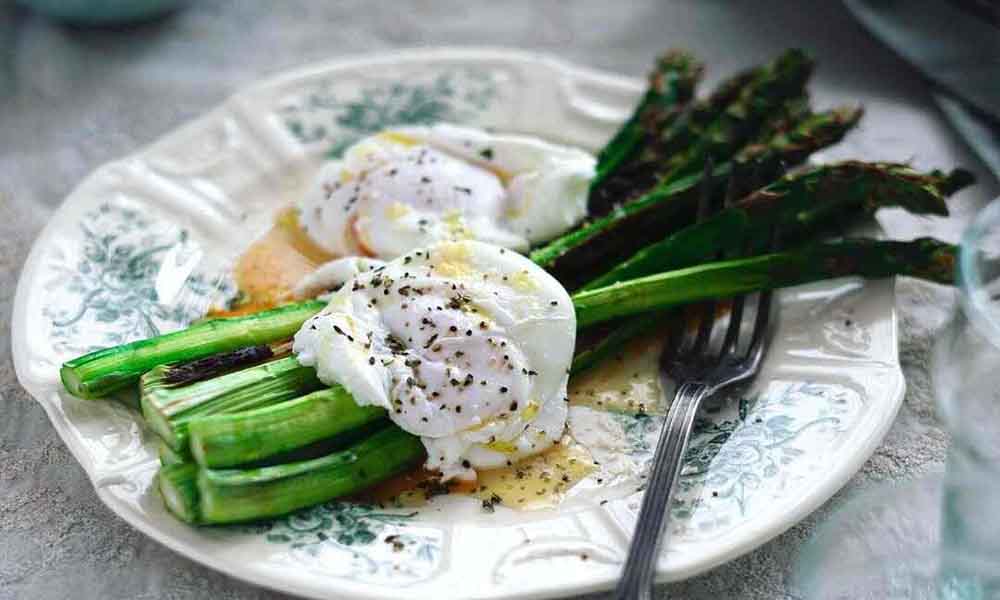
Asparagus suits the keto diet. A portion of 100 grams of asparagus contains just 1.8 g of comparatively low net carbon. The keto diet decreases your carbohydrate consumption while optimizing your fat intake.
Fibre, calcium, folic acid, vitamins A, B6, and C, makes asparagus are also rich. This crisp, crunchy vegetable can be cooked in several different ways. Try steaming, roasting, or jumping. Small, asparagus shaved in salads is also delicious. But you can cook a few in the microwave if you’re busy for the time and need something quick.
-
CANNED TUNA
Tuna can be an ideal protein snack or meal for people who adopt the keto diet. The fatty acids, selenium, and vitamin D, to name a few of its chief nutrients, are a safe and inexpensive source of protein. The favored (and cheapest) type of tuna in shops is canned tuna. Meanwhile, two serving ounces of canned chunkies can differ; light tuna contains 50 calories, 1 g g of fat, less than 1 g of carbs, and 10 g of protein. You can rely on tuna with around 5 grams of protein per ounce, regardless of type.
-
SPIRULINA
You don’t know where the vitamins or minerals you once received from these products are to get Keto for most fruits and no starchy verges. Fortunately, spirulina is excellent for the keto diet because it is a natural, plant-based way to produce vital, often forgotten nutrients. Just 1 tsp of magnesium, calcium, vitamin A (beta-carotene), manganese, gamma-linolenic acid, chlorophyll, and more can be used for Californian Spirulina.
-
TEMPEH
Tempeh is a nutrient-rich protein soy product with different vitamins and minerals. Cholesterol, oxidative stress, and appetite will decrease while bone health is improved. Tempeh also includes prebiotics that can boost and improve digestive health. However, people with soy allergies or thyroid impairments should limit their consumption of Tempeh and other soy products. For the most part, however, Tempeh is a versatile and healthy food that can add an excellent deal to the diet.
-
SNACKING CHEESE
A good source of protein and fat may be full-fat cheese. It also contains less than 1 g of carbohydrates, making it a perfect option for a keto-friendly snack. It should be remembered, however, that fatty cheese consists of around 2 g per serving of carbs.
-
EDAMAME
There is a low glycemic index for Edamame beans, which means they don’t spike your blood sugar as some other carbs could. This is due to their high amounts of fiber and protein. 8 grams of protein, a nutrient that is essential for tissue repair and many other critical functions, are packaged in a 1/2 cup (75 grams) of edamame. Besides, edamame contains other vital nutrients, including iron, folate, vitamins K and C, and potassium, some of which may be absent from a keto diet.
-
BROCCOLI
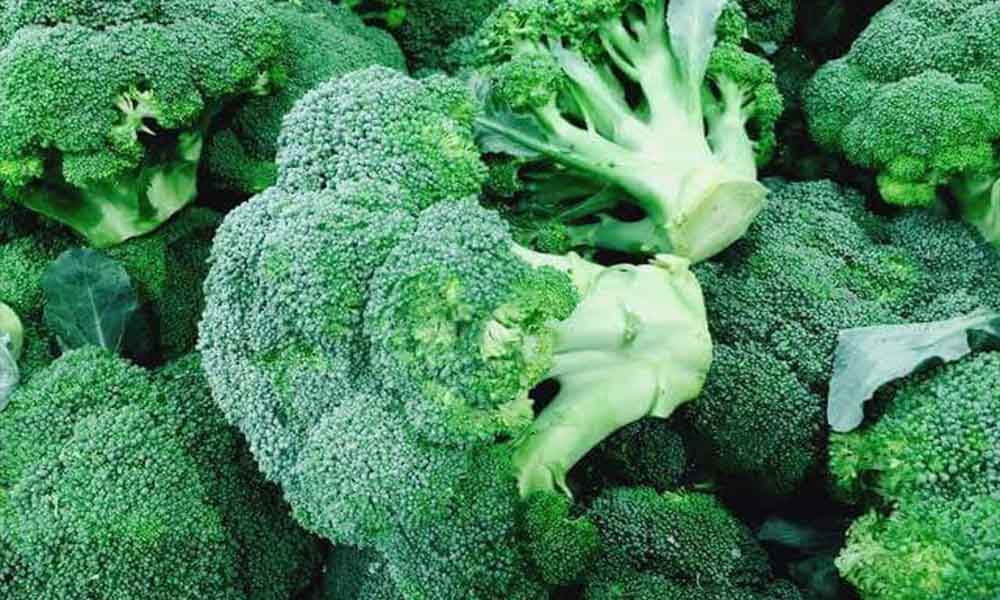
A real superfood is broccoli. It’s a member of the family of cruciferous vegetables, like kale, sprouts from Brussels, radishes, and cabbage. Studies show that in type 2 diabetics, broccoli can decrease insulin. Several forms of cancer, including prostate cancer, are also believed to be safe. There are 6 grams of carbs in one cup (91 grams) of raw broccoli, 2 of which are fiber. It also supplies vitamins C and K with more than 100% of the RDI.
-
BEEF JERKY
As it’s high in protein and also very low in carbs, beef jerky can be a perfect Keto snack. However, jerky is not always high in fat since most jerky is made from relatively lean beef cuts (such as topside). That being said, when snacking on jerky, mixing it with some nuts or cheese is a perfect way to add fat. We recommend looking for jerky made with high-quality, clean ingredients and only 100 percent grass-fed beef. Stop sugars, artificial additives, or preservatives that have been added.
-
LETTUCE
One of the lowest-carb vegetables around is lettuce. There are 2 grams of carbs in one cup (47 grams) of lettuce, 1 of which would be fiber. It might also be an excellent site for many vitamins, based on the type. Romaine and other dark-green mixtures are rich in vitamins A, C, and K, for instance. They’re even heavy in folate, too. Folate helps reduce homocysteine levels, a compound that is linked to an increased risk of heart disease.
-
COLLAGEN POWDER
Collagen is, of course, a protein and, much like any other protein, too much of that will lead you to a fat-burner situation, whereby you will return to a glucose-burning state. Collagen is abundant in amino acids, for instance, which are often missing in modern diets.
-
CANNED SARDINES
Sardines with plenty of protein and fat and zero carbs are a great nutrient profile for a Ketogenic diet! Omega-3 fatty acids, calcium, and other essential nutrients are packed in sardines. Any of these nutrients can help to avoid or defend against heart disease or perhaps some cancers. Omega-3 fatty acids could decrease blood pressure and reduce blood coagulation risk.
-
COTTAGE CHEESE
Cottage cheese can be a protein-friendly alternative, but preferably full fat, single cottage cheese. It is a natural protein. Combine it with or use it as a dip base for a balanced, low-carb snack. Since cottage cheese contains some carbs, depending on your regular carb goals, you may want to restrict your part.
-
UNSWEETENED PEANUT BUTTER
Peanut butter in the keto diet is safe as long as it adheres to all-natural low-carbon brands. But most brands are more or less just as nutritious and easy to find in decent groceries and supermarkets.
A very common low-carb diet. One of the great aspects is that people don’t usually have to count calories in order to lose weight. As long as carbohydrates remain poor, appetite continues to decline. This causes people to limit calories unconsciously without having to control their consumption actively. This straightforward approach demonstrates a substantial loss of weight — 2–3 times higher than a calorie-restricted fatty diet.
Conclusion
Of interest, several unbelievably satisfying, low carbohydrate items are still rarely treated by most citizens. These foods can be consumed frequently in a low-carb diet while still reaping all metabolic advantages. While adding them in addition to a high-carb diet may be a concern, some of these foods are even very safe, at least in a low-carb diet.
Eating fewer carbohydrates can have excellent health benefits and need not be difficult. The majority of low-carb foods are balanced, nutritious, and highly tasty. Also, they are very different, like meats, fish, vegetables, fruits, milk, and much more. They include several big food categories. You can lose weight and improve your health by eating a balanced, low-carb diet focused on real foods.